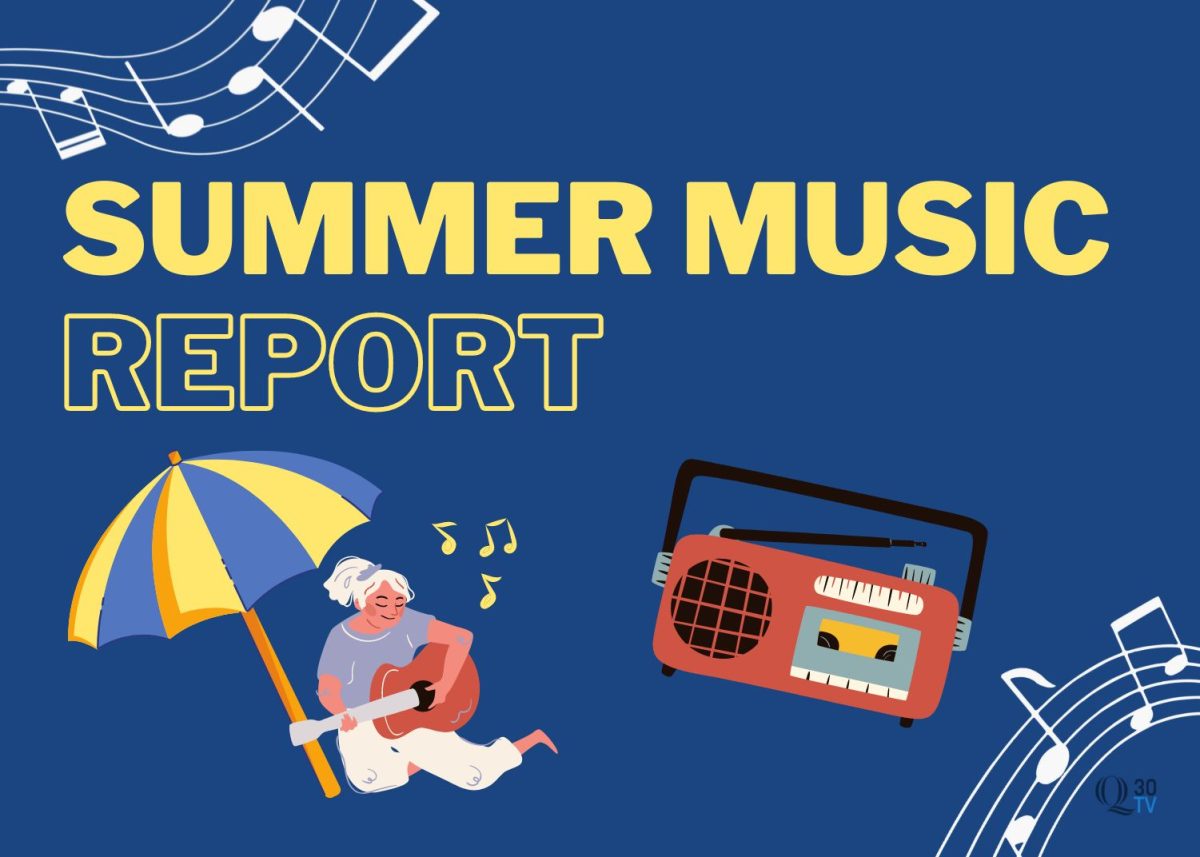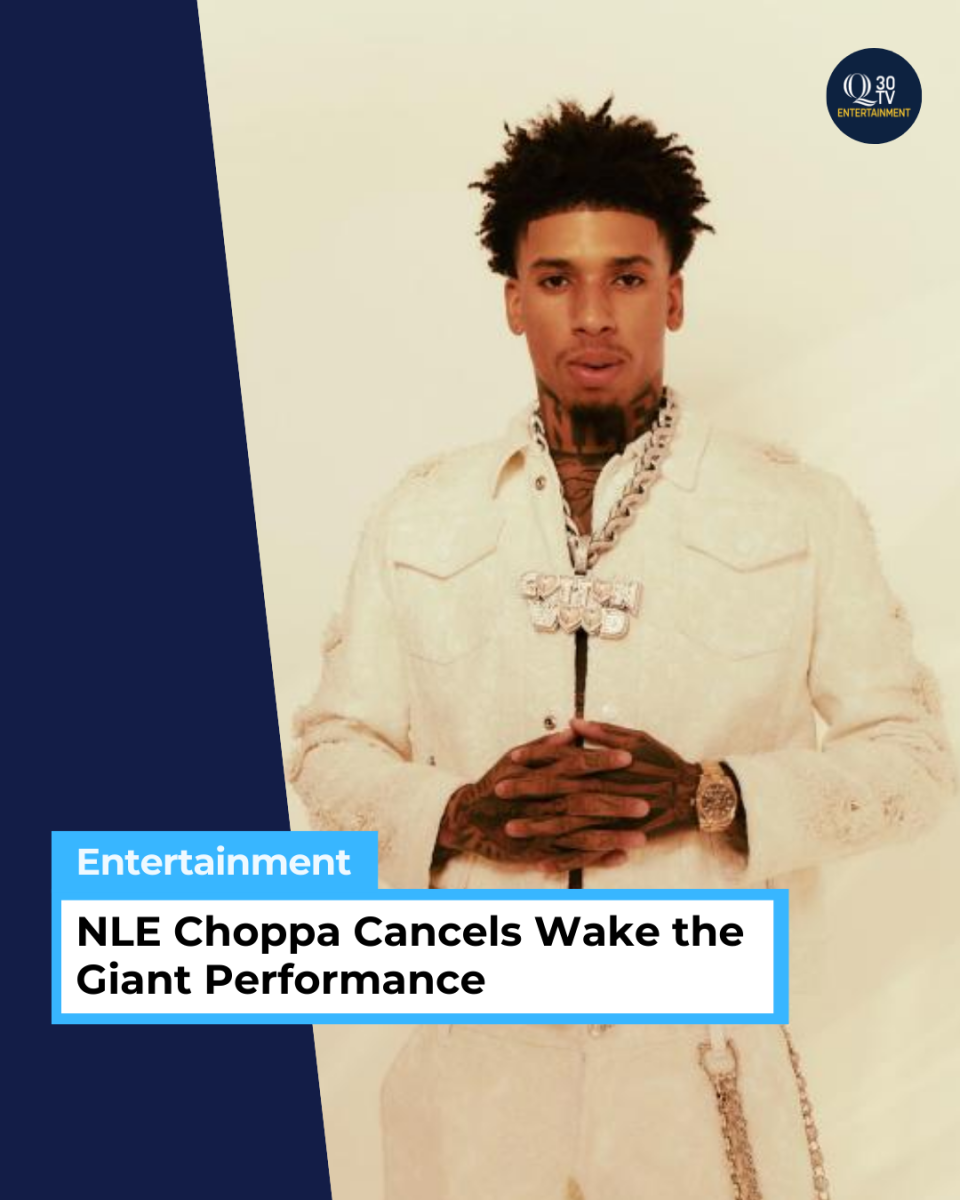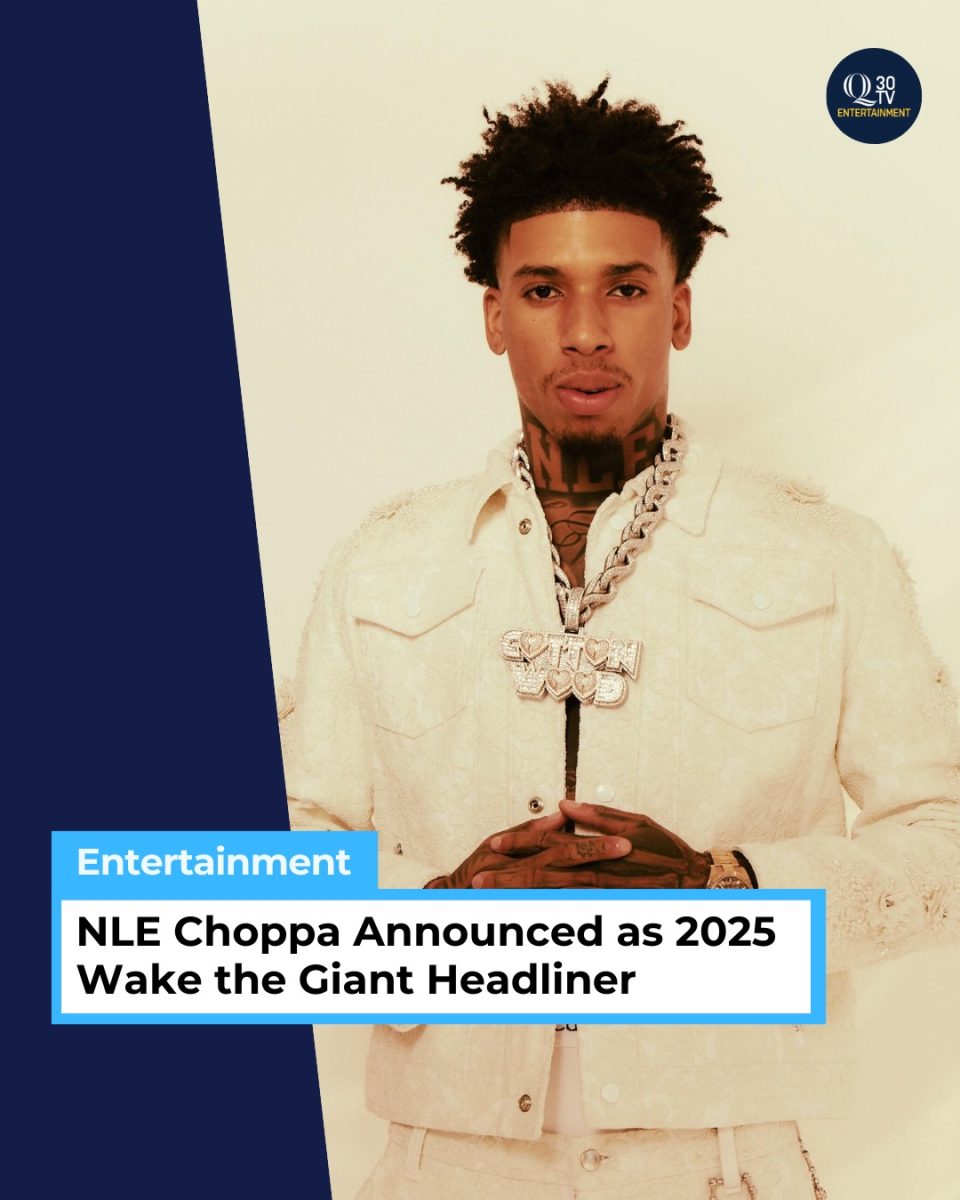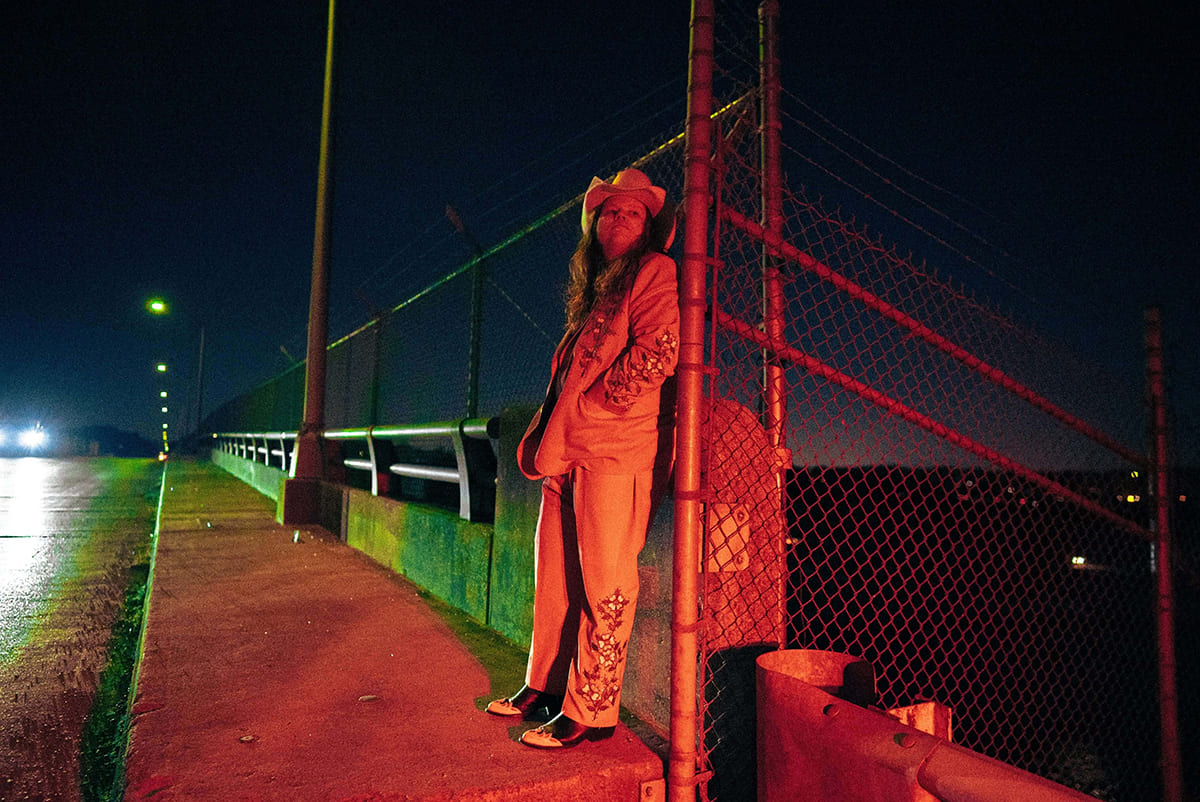“Hot in Herre”. “California Gurls”. “Good 4 U”. Besides the blatant misspellings within their titles, what do these songs have in common?
During the respective years of their releases, each track was at one point considered “the song of the summer”. This title, which became a common term in the 1990s, indicates a song that dominates the airwaves between the months of May and September. These records have both a cultural and commercial impact, and can be heard everywhere during the warmer months. However, with the growing fragmentation of musical sources, it has become increasingly difficult for a song to achieve this status.
As summer winds down, listeners are left wondering: was there a distinct song of the summer in 2023?
This concern has been prominent for a few years now. In 2020, TIME released an article regarding the impact of the COVID-19 pandemic on trending music. During a season where music is usually a shared experience, the global population was in lockdown. Throughout the months that are commonly spent socializing outdoors, thus exposing listeners to communal music, audiences were more concerned with reducing exposure to the virus.
“We’re living through an unprecedented global health crisis, engaging with a national reckoning with racial violence, and steeling ourselves for the inevitable economic depression,” Cady Lang told TIME. “To say that this summer is different from years past is a huge understatement, and it’s only natural that our musical tastes reflect that.”
In the years following, the musical landscape has only become more divided. Last summer, the top three most-streamed songs globally were Harry Styles’ “As It Was”, Kate Bush’s “Running Up That Hill (A Deal With God)”, and “Me Porto Bonito”, a collaboration between Bad Bunny and Chencho Corleone. Though all insanely popular, these tracks are incredibly different from one another. This list was the result of a fragmented audience, whose interests and backgrounds reflected what dominated the charts.
Although different in genre, each song reminds listeners of where they were last summer: be it listening to “As It Was” on a warm beach day, or binging “Stranger Things” while blasting “Running Up That Hill” on repeat. This year’s releases, however, may not have that effect.
As of July 29, the songs filling the top three charts are Jung Kook and Latto’s “Seven”, Jason Aldean’s “Try That in a Small Town”, and Morgan Wallen’s “Last Night”. Regardless of how (or why) the songs placed, “Seven” and “Try That” are eliminated from the competition as this is their first week on the charts.
That leaves “Last Night”. This is not nearly the first time a country song has achieved SOTS status (see: “Old Town Road”), but it doesn’t necessarily have the “it-factor” that makes other summer hits so recognizable. For one, the song would only be recognizable to a specific audience of country music listeners. Other summer hits usually fall into the pop category because of their universal appeal. These songs are catchy, upbeat, and can be played in social spaces like parties or shopping malls. Even its predecessor, “Old Town Road”, charted across genres due to its pop and hip-hop qualities.
“Calm Down” by Rema and Selena Gomez is another contender. Gomez is an A-list musician, and the Nigerian singer Rema brings a solid R&B flair to the song. Collaborations also tend to do well on the charts. Currently sitting in fifth place on Billboard’s Hot 100, the track would potentially fill this position, if not for a glaring issue: it was released last year. It has spent 46 weeks on the chart since its release on August 25, 2022. Although it has the factors that would make up a summer hit, it lacks the novelty needed for the season.
Being this late in the season, it feels like there’s no hope for a determined song of the summer. Has society become so fragmented that it’s impossible to come together and agree on one decided hit to rule the season?
“As far as I’m concerned, it has always been a flawed concept—but one that can nonetheless yield great conversations about the music of a particular moment,” Judy Berman tells TIME. “Ask four people whether Drake’s “Nice For What,” Cardi B, Bad Bunny and J Balvin’s “I Like It,” Ariana Grande’s “No Tears Left to Cry” or Kacey Musgraves’ “High Horse” was 2018’s song of the summer, and you might get four different answers…It’s still a fun and useful debate to have, though, and one that definitely helps to surface cultural trends.”
Maybe the culture is not “fragmented”, but rather “heterogeneous”. Modern music reflects an amalgamation of identities, backgrounds, and experiences, and with the rise of streaming and independent production, audiences are exposed to many more genres than previously. To debate what makes up a hit song is to yield conversations about the modern way of life, and how we as a society absorb and analyze art.
We don’t have, or need, one song that defines us all. If that was the case, why make music?









